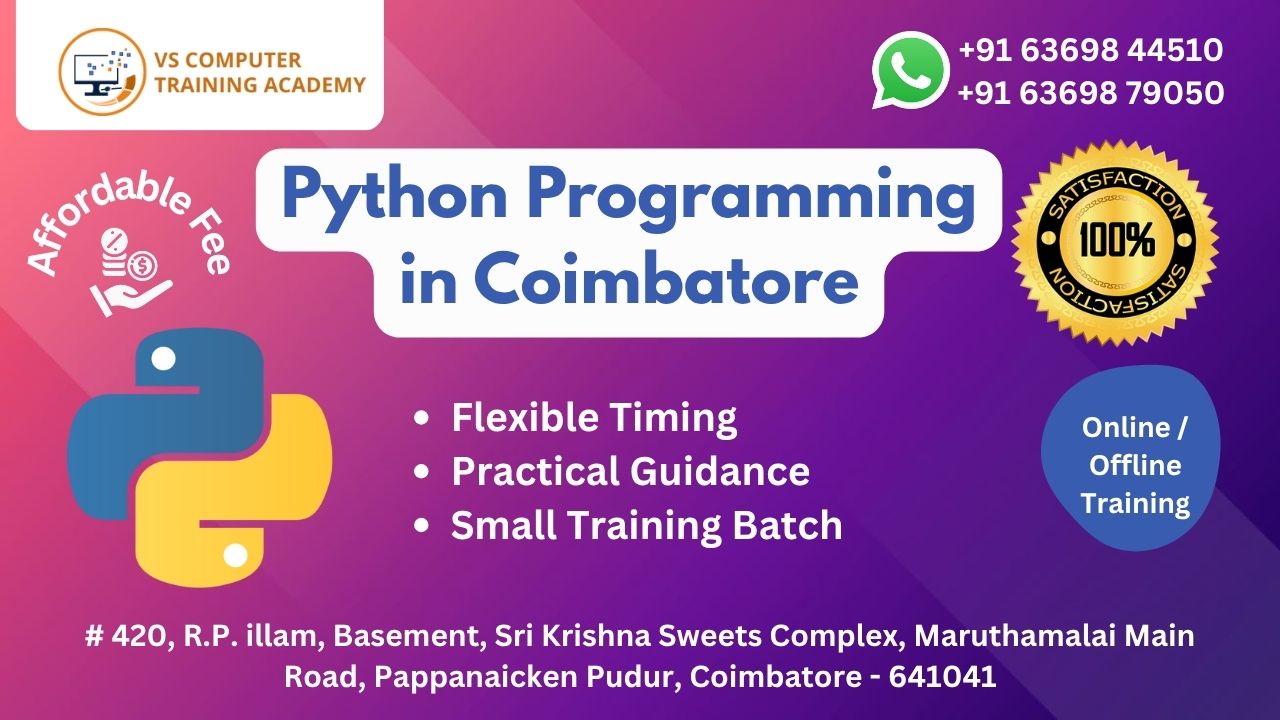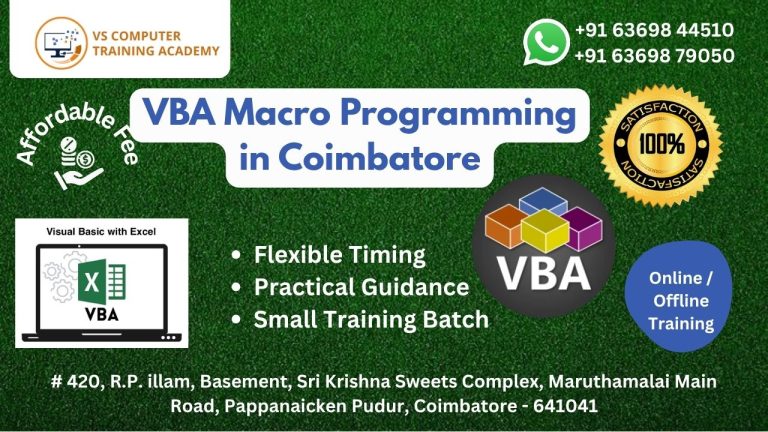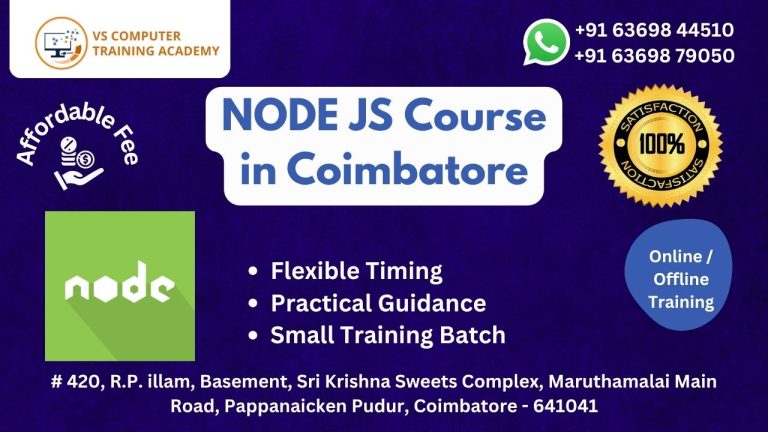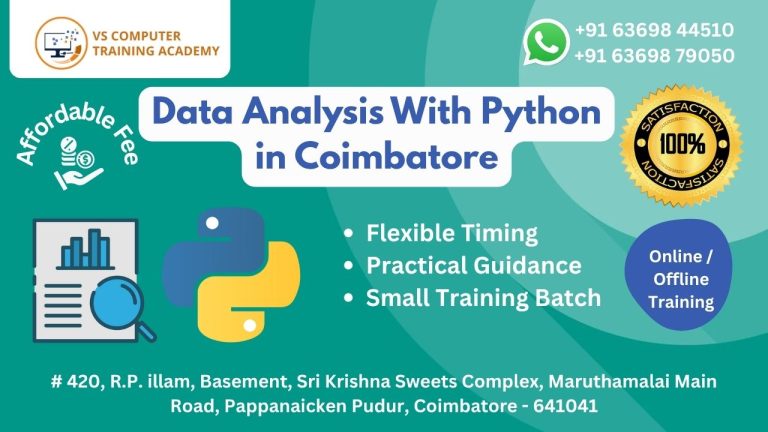Python Programming

Python Programming: Learn the Most Popular Language of the 21st Century
Python is one of the most powerful, versatile, and beginner-friendly programming languages used by millions of developers worldwide. Known for its clean syntax, readability, and vast ecosystem, Python is the top choice for web development, data science, artificial intelligence, automation, and more.
Whether you’re a student, working professional, or aspiring coder, Python is the ideal starting point for your programming journey and a must-have skill in today’s tech-driven world.
Why Learn Python?
Python is popular for many good reasons:
Easy to read, write, and understand—perfect for beginners
Widely used in industries like finance, healthcare, education, and tech
Strong support for web development, AI, data science, automation, and scripting
Huge library support (NumPy, Pandas, Django, Flask, TensorFlow, etc.)
Backed by a strong global community and constant updates
By learning Python, you gain a foundation that helps you transition easily to advanced technologies and frameworks.
Who Can Learn Python?
Python is suitable for:
Complete beginners with no programming background
Students in school or college (especially engineering or IT)
Professionals looking to automate tasks or switch to tech roles
Web developers, data analysts, and software testers
Anyone curious about artificial intelligence or machine learning
Python’s simplicity makes it an ideal first language while still being powerful enough for advanced projects.
Benefits of Learning Python
In-demand skill across top-paying job roles
Strong career opportunities in tech, AI, and data science
Easy to learn, yet powerful enough for real-world software
Builds logic and coding confidence
Enables you to create everything from small tools to large applications
Start Your Python Programming Journey Today
Whether you aim to become a web developer, data analyst, automation expert, or software engineer, Python is the perfect launchpad for your career in technology.
Enroll in our Python Programming course and unlock the potential of one of the most exciting and in-demand skills in today’s world.



